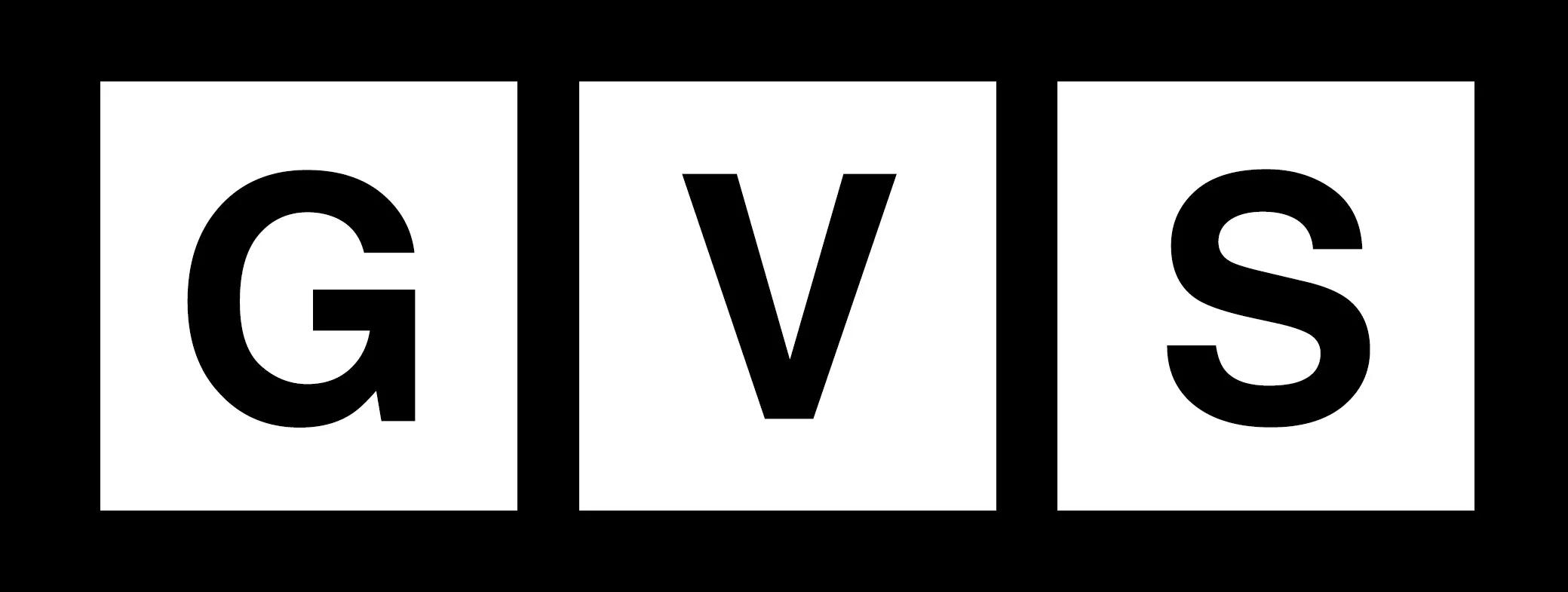In the intricate dance of economic policy and political timing, the recent decision by the Federal Reserve to cut interest rates has sparked a whirlwind of debate and speculation. On September 18, 2023, the Fed announced its first rate cut since March 2020, a move that many observers noted came just weeks before the presidential election. Federal Reserve Chair Jerome Powell, however, was quick to dismiss any notion that the timing was politically motivated. “This is my fourth presidential election at the Fed,” he stated during a post-meeting press conference. “We’re always going into this meeting asking what’s the right thing to do for the people we serve.”
Powell emphasized that the effects of the Fed’s policies typically manifest with a lag, a principle rooted in the economic theories of Milton Friedman, which suggest that changes in monetary policy do not yield immediate results. This lag can stretch anywhere from several months to even years, complicating the relationship between economic indicators and policy decisions. Yet, Powell remained optimistic, asserting that if executed correctly, the Fed’s easing cycle would significantly benefit the American populace.
The political landscape surrounding the Fed’s decision is anything but straightforward. President Joe Biden heralded the rate cut as a sign of economic resilience, tweeting that “inflation and interest rates are falling while the economy remains strong.” His administration has been keen to highlight the positive impacts of their economic policies, particularly in light of ongoing concerns about inflation and cost-of-living pressures faced by many Americans. Vice President Kamala Harris echoed this sentiment, framing the Fed’s pivot as welcome news for families grappling with high prices.
Yet, not everyone is convinced of the Fed’s independence from political pressures. Critics, including some lawmakers and former President Donald Trump, have voiced concerns that the timing of the rate cut is a blatant attempt to sway the upcoming election. Trump, in particular, has been vocal about his belief that the Fed should not be making such significant moves so close to an election, suggesting that it indicates a troubled economy or a politically motivated agenda.
Historically, the Fed has not shied away from adjusting interest rates in election years. Data compiled by Comerica Wealth Management reveals that the central bank has altered rates in 10 of the past 11 presidential election years. This pattern raises questions about the interplay between monetary policy and electoral outcomes. For instance, during Richard Nixon’s re-election campaign, he famously pressured then-Fed Chair Arthur Burns to implement expansionary monetary policies, a tactic that some analysts argue has set a precedent for future administrations.
As the Fed navigates this politically charged environment, it is also grappling with evolving economic theories regarding the timing of policy effects. Recent comments from Fed Governor Christopher Waller suggest that the traditional understanding of long and variable lags may be due for a reevaluation. Waller posited that the advent of forward guidance—where the Fed communicates its future policy intentions—might shorten the lag time between policy changes and their economic impacts. He noted that significant shifts in policy rates could prompt quicker adjustments in consumer and market behavior.
The immediate market reaction to the Fed’s rate cut was telling; major stock indexes surged, reflecting investor optimism. The S&P 500 has historically shown robust returns following the Fed’s initial rate cuts, underscoring the market’s sensitivity to monetary policy shifts. As bond markets began pricing in further cuts, the 10-year Treasury yield fell significantly, indicating a broader expectation of continued easing.
In this complex landscape, the Fed’s decisions are not merely economic maneuvers; they are also deeply intertwined with the political fabric of the nation. As voters prepare to head to the polls, the implications of the Fed’s actions will undoubtedly be scrutinized, with both sides of the political spectrum eager to claim victory or assign blame. For the American public, the hope remains that these monetary policies will translate into tangible benefits—lower costs, stable jobs, and a resilient economy—regardless of the political narrative that surrounds them.
In the end, the Federal Reserve’s role as an independent entity is crucial, but its decisions will always resonate within the broader context of American life, shaping not just the economy, but also the political landscape as we approach the pivotal election ahead.
